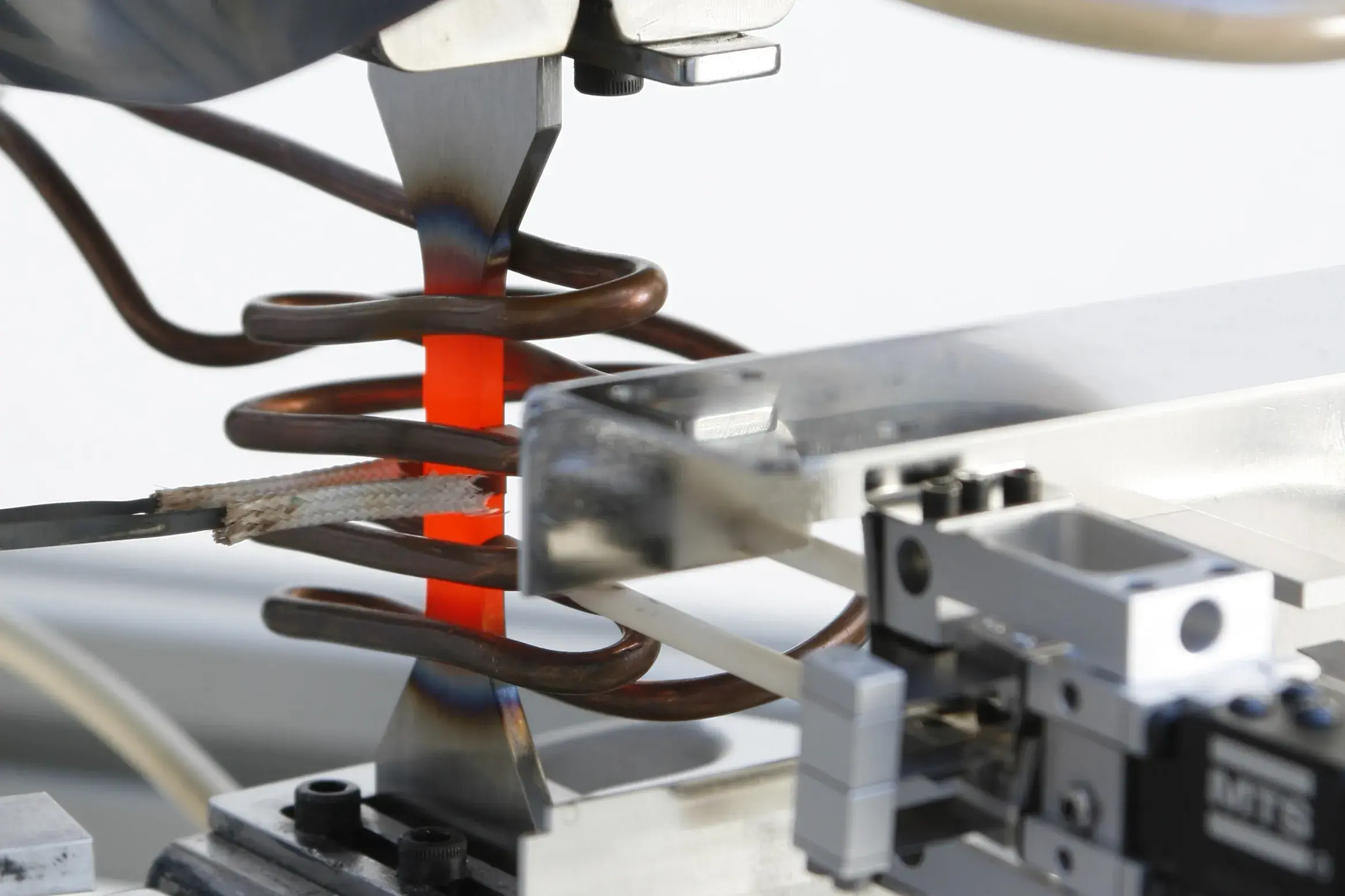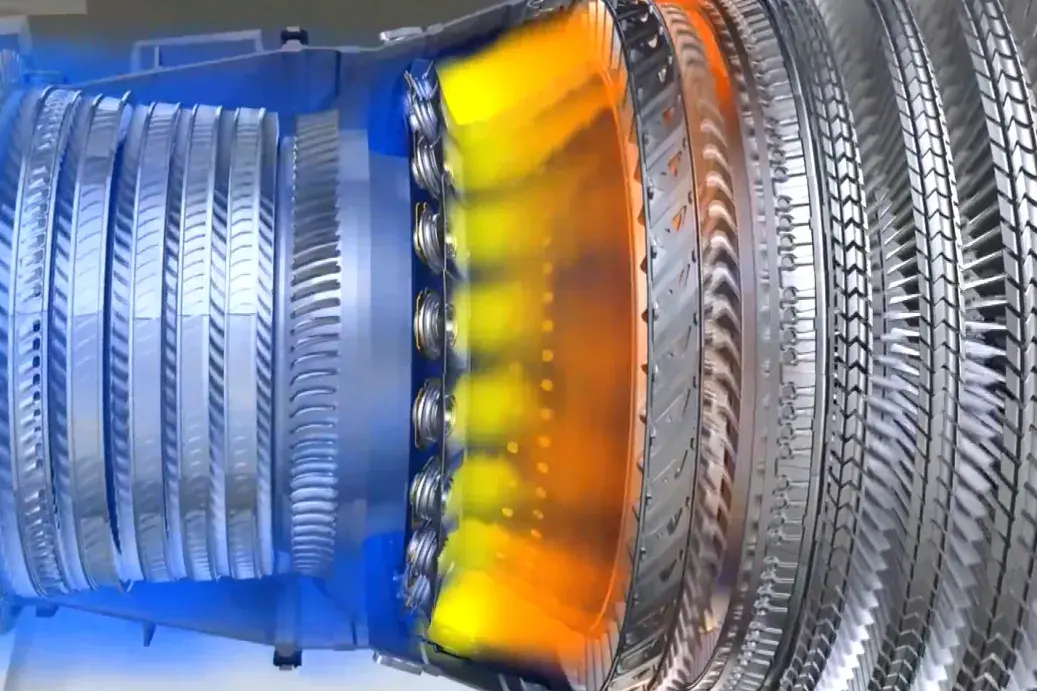Metallic Materials
The Laboratory for Metallic Materials focuses on the development of metallic materials and modern manufacturing processes. Our team of materials and mechanical engineers brings decades of experience in collaborating with industry partners — from large corporations and SMEs to start-ups — and understands their needs for practical, application-oriented solutions.
Our core activities involve the development of materials and processes for applications in a wide range of industries, including mechanical and plant engineering, power generation, aerospace, and medical technology. To support the transfer of our developments into industrial practice, we have access to a broad array of testing and analysis facilities.
Development of Modern Manufacturing Processes
The Laboratory for Metallic Materials is involved in the development of modern manufacturing processed. We focus on innovative welding processes for joining metallic materials and advanced laser powder bed fusion (L-PBF) processes for additive manufacturing. The range of materials extends from steels to aluminium, copper and titanium alloys to nickel-based superalloys.
The further development of industrial welding processes includes:
- Electron and laser beam welding
- Resistance welding
- Ultrasonic welding
- Friction stir welding
In addition to process analysis and qualification, the focus is currently on process monitoring. This involves developing methods that allow welding processes to be assessed in real time. Due to the complexity of the data, AI-supported algorithms are used for data analysis and processing.
Additive manufacturing of components (Figure 1) focusses on material and process developments with the following key areas:
- “Printability” of new alloys using laser beam shaping
- Powder management by setting optimal powder fractions and developing suitable strategies for powder recycling
- Process optimization through online monitoring using thermography, pyrometry, high-speed imaging and acoustic emission
A very flexible L-PBF system with open system architecture, modular design, two lasers (500W, 1200W) and several process chambers for different materials is available for this purpose.
Material characterization
The working group has excellent experimental equipment for the production, processing and analysis of material samples through to components. A wide range of state-of-the-art methods is available for analyzing the microstructure and properties of materials.
Materials analysis
- Fully equipped metallography with all preparation methods
- Light and scanning electron microscopy SEM (incl. EDS), also correlated
- X-ray fluorescence analysis XRF
Mechanical properties
- Cyclic deformation behaviour of metallic materials
- LCF, HCF, TMF and near-operational mechanical test methods up to 1100 °C (Figure 2)
- Experimental validation of component design tools
- Material models for FEM
- Residual stress measurements using the borehole method
Surface characterization
- 3D microscope (interferometric, confocal)
- Tribological investigations using an oscillating tribometer (up to 900°C)
Powder and process analysis (focus on additive manufacturing of metals)
- Particle sizes and distributions:
- dynamic digital image analysis
- dynamic laser diffraction - Structural analysis with X-ray diffraction XRD
- Chemical composition with EDS (SEM)
- Powder morphology (SEM)
Applications
We work predominantly with industrial companies from the aviation, power plant engineering, automotive and mechanical engineering sectors. Examples of our previous development work in the context of multi-year co-operations are
Aviation
- Development of repair processes for aircraft engine components (combustion chamber and turbine, see Figure 3) made of nickel-based alloys using laser and electron beam welding
Automotive industry
- Ultrasonic metal welding for Cu and Al materials in e-mobility: development of process monitoring and optimization of the welding process zone to achieve large-scale production readiness
Mechanical engineering
- Development of nanoparticle-based slurry for high-speed polishing
- Tribological optimization of ring traveller and spinning ring for high-speed ring spinning and twisting
- Development of a new process for high-speed seam welding of packaging sheet materials


